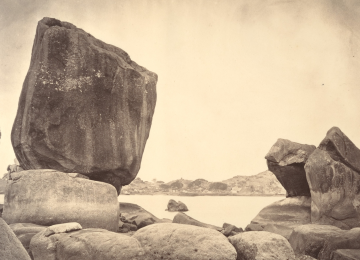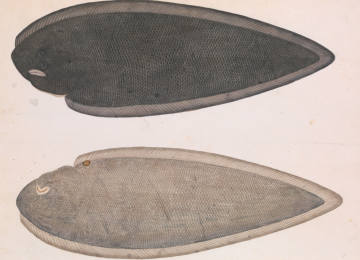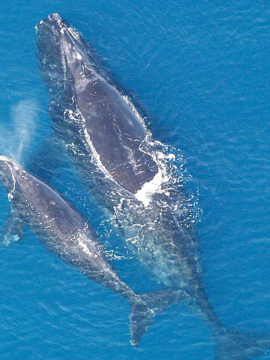Editor's letter
Jessica White
A few nights ago I stayed up late to finish Frankenstein, a book which I had somehow overlooked during my literature degree many moons ago. Published by Mary Shelley when she was a mere twenty years old, the novel charts the relationship between Victor Frankenstein and his unnamed creation. Frankenstein’s first love is natural history and what he describes as the ‘laws of electricity,’ which he uses to animate the dead parts of his experimental human. Only when the creature comes to life does Frankenstein realise that he has overstepped a line.
Natural history involves the systematic study of organisms, largely through observation. Yet the observations that people make of Frankenstein’s creation fill them with revulsion and horror. What stayed with me after I closed the book’s covers was the visceral reactions to the creature’s appearance. As someone with a disability, I am familiar with this experience; it’s the reason why I have, for most of my life, hidden my difference.
I wondered what Mary Shelley was trying to tell her readers through this story of love, disgust, and imperfect bodies. Her subtitle, A Modern Prometheus, indicates the dangers of conducting science without a regard for consequence or ethics, as Prometheus did when he stole fire from the gods and gave it to humans. Yet something more was going on. Some commentators suggest that Shelley’s story is about the desire to revive her dead firstborn, Clara. I think it is about the way she was shunned by her community for daring to love a married man and conceive a child with him out of wedlock. People would have wounded Shelley for her desires the way her creature was hurt for seeking kindness and shelter.
Frankenstein’s close friend, Henry Clerval, is sunny where Frankenstein is plagued by horror and regret. He studies languages and intends to travel to India to assist ‘the progress of European colonisation and trade.’ Clerval suffers at the hands of Frankenstein’s creation, but in a sense the friends’ fates are similar. Colonisation sought to capitalise on the nature and knowledge of new lands and peoples, and when I look at the damage that this has created, particularly in Australia, I am concerned about where an unbounded thirst for power has taken us.
At the same time, knowledge has brought us vaccines for Covid-19, propelled humans into space, and magnified our amazement of the natural world through marvels such as microscopes and mathematics.
I wonder how the story could have been different. If Frankenstein himself had not been a monster, and had acknowledged and cared for his creation as a human being, the novel’s bloody train of destruction might have been avoided. When, by the story’s close, both scientist and his creation are twinned in their demise, Shelley seems to suggest that science and humanity — indeed, the humanities — cannot be divided.
This edition - ‘Natural History and Historians’ - captures the tension between Frankenstein and his creation. Our writers marvel at the wonder of life, and consider a history of over-reaching. Their poetry, fiction and non-fiction show that, two hundred years after the publication of Shelley’s masterpiece, we are still grappling with her questions. We hope, in reading this edition, that you might think about them too.

This issue’s illustrator is Michelle Baker. You can find her work here.


